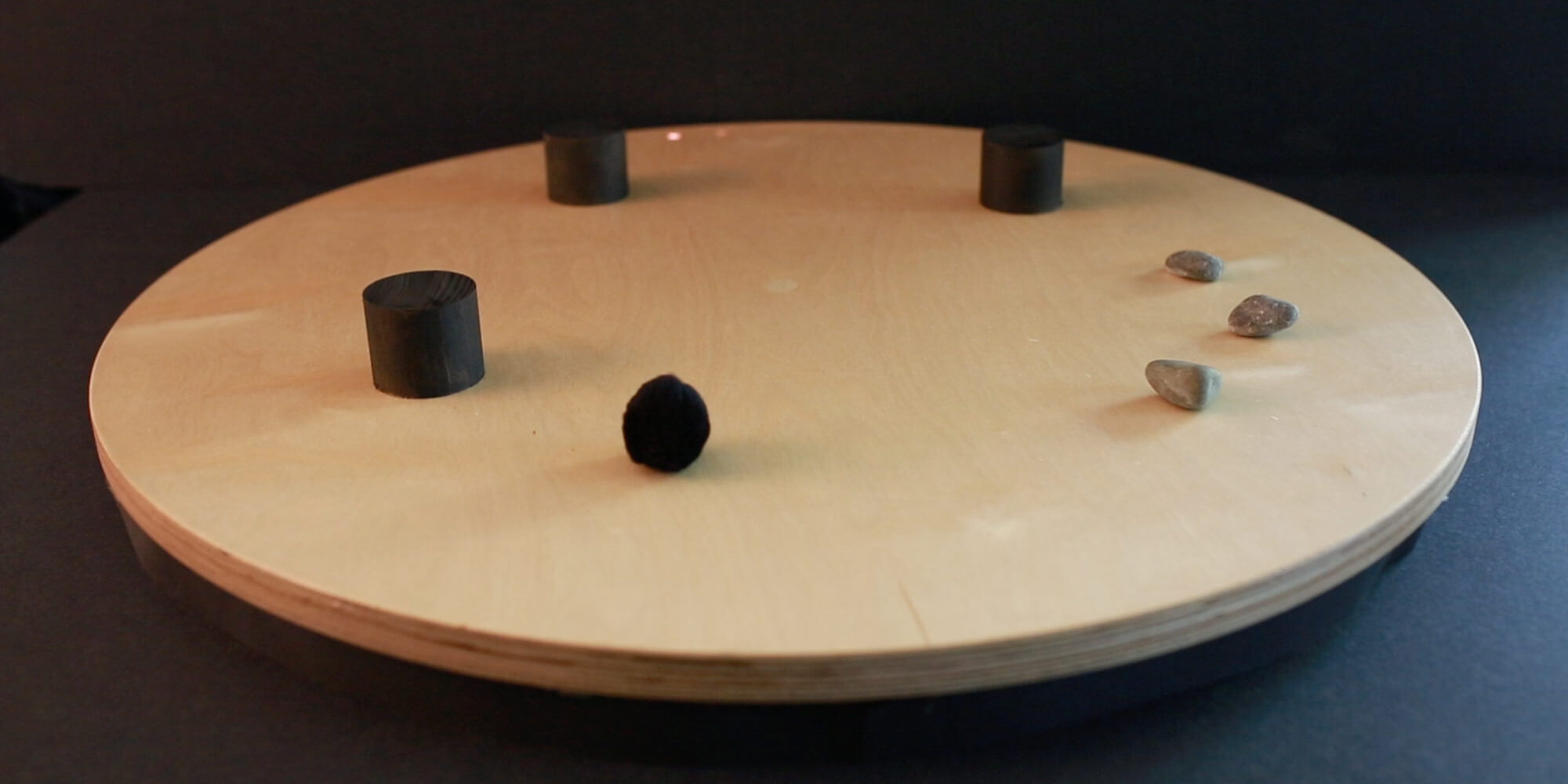Haptic Play
Maria Fröhlich (AT)
The effects of physically-deficient environments in daily life have an impact on us all, but are yet more dramatic for children. Touch is obvious and ordinary to our everyday experience, insofar as it is perceived as almost meaningless, but it is crucial to our existence. Everything that needs to grow must not only be nourished, but sufficiently physically stimulated, too. In a world in which a global pandemic has pushed us to rethink every touch interaction and proximity factor in our daily interactions, there is even greater urgency around this topic. This sensory music toy uses natural materials with different haptic characteristics to create sounds. Haptic Play aims to encourage children to spend more time exploring their senses, especially touch, as they navigate the haptic characteristics and spatial relationships between the objects on its surface.
Bo.by
Aleksandra Radlak (PL)
Worldwide, about 15 million babies are born prematurely each year. Born with a developmental deficit, they are often taken away from their parents after birth and assigned to the Neonatal Intensive Care Unit. Left alone in incubators without a real chance to experience skin-to-skin bonding with their parents, they are deprived of touch and physical contact, which places immense stress on their sensory and central nervous system. Also, for parents, bonding reduces stress and builds attachment *Bo.by* is a solution that enables remote contact between parents and infants in the incubator. A device for parents, and a mattress for an infant, are connected and collect, send and receive data such as touch, breast movement and vibration, heartbeat, body heat or smell. This two-way communication, enriched with senses, offers the possibility to experience a natural, prolonged skin-to-skin bond.




